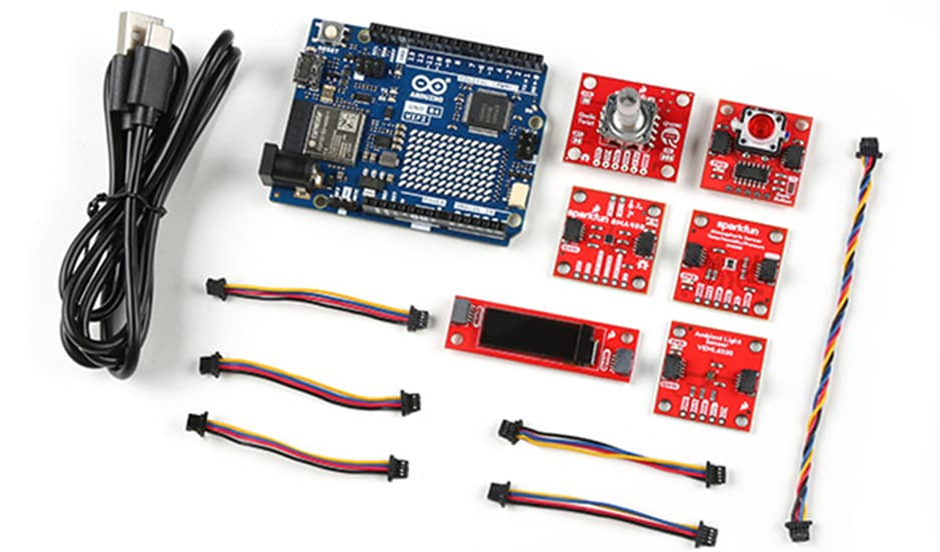
The definition of Arduino
Arduino is an open-source hardware and software platform, aiming to provide a simple, low-cost yet high-performance gateway for those venturing into the world of microcontrollers. Arduino was founded by David Cuartielles, Gianluca Martino, Tom Igoe, David Mellis and Massimo Banzi nearly two decades ago.
This definition of Arduino provides a reasonable answer to a problem that was undoubtedly present ten years ago. However, Arduino has grown. Over the past two decades, thousands of people have contributed to open-source materials. Nowadays, Arduino is far more than just Arduino.
What changes have occurred to Arduino?
Arduino continues to offer an ever-expanding product range. They still have the original UNO version, as well as extended versions that retain the original dimensions. This includes the UNO R4 with an 8x12 LED matrix, as shown in Figure 1. They also have a new Pro product line, equipped with a high-performance 32-bit processor and network connection capabilities. This makes remote monitoring and data sharing convenient. The Pro product line includes a programmable logic controller (PLC) named Opta. The enhanced integrated development environment (IDE) provides features such as serial plotter functionality.
Where did Arduino achieve success?
Personally speaking, most college students or educators have a strong feeling about this product. From the purists who prefer to use bare-metal programming to the fan clubs who use Arduino for everything. They all point to the same view. Arduino is a successful product, deeply rooted in microcontrollers and makerspaces all over the world. In other words, these students and many enthusiasts are very familiar with this product and the integrated development environment (IDE).
But this is not the end of the story, because the influence of Arduino is not limited to the company and its related products.
In which fields does Arduino expand?
This is precisely where the fun lies, because we will soon understand why our initial definition of Arduino was incomplete. As an engineer at DigiKey, I had the opportunity to interact with and gain experience with various platforms. I observed that Arduino has surpassed our initial definition. Earlier, I mentioned that Arduino was almost a ubiquitous constant in the educational environment. This fact was not only noticed by Arduino itself, but also by other manufacturers.
Arduino language translator
When we shifted the focus from Arduino to Raspberry Pi, this conversation became extremely interesting. There, we discovered various technologies. For instance, Raspberry Pi Pico can be programmed directly from the Arduino IDE. There are also methods to program the Pi independently of the Arduino IDE while retaining the Arduino language. These technologies are also applicable to PLCs based on Pi, such as KUNBUS products.
In connection with this, other manufacturers can import Arduino code into their IDEs. For instance, DigiKey's Microchip MPLAB can import an Arduino project. An example project can be directly programmed for UNO. Then, the Arduino code can be imported into MPLAB. The generated code can be pushed back into the Microchip AVR microcontroller (originally Atmel). Once again, we see that the extensive Arduino educational foundation is used to provide a deeper understanding of microcontrollers.
The Products You May Be Interested In
 |
AISC-1008-R022G-T | FIXED IND 22NH 1A 120 MOHM SMD | 203 More on Order |
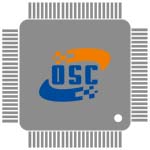 |
AMPMAFC-33.33333T3 | MEMS OSC XO 33.3333MHZ CMOS SMD | 122 More on Order |
 |
AMPMGEC-22.0000T | MEMS OSC XO 22.0000MHZ CMOS SMD | 473 More on Order |
 |
AMPMEFD-3.5700T | MEMS OSC XO 3.5700MHZ CMOS SMD | 405 More on Order |
 |
AMPMEEC-15.0000T | MEMS OSC XO 15.0000MHZ CMOS SMD | 331 More on Order |
 |
AMPMEDC-66.6660T | MEMS OSC XO 66.6660MHZ CMOS SMD | 215 More on Order |
 |
AMPMDFC-8.0000T | MEMS OSC XO 8.0000MHZ CMOS SMD | 205 More on Order |
 |
AMPMADA-80.0000T | MEMS OSC XO 80.0000MHZ CMOS SMD | 227 More on Order |
 |
AMPMEGA-2.097152 | MEMS OSC XO 2.0972MHZ CMOS SMD | 479 More on Order |
 |
AMPMEDD-24.545454 | MEMS OSC XO 24.5455MHZ CMOS SMD | 393 More on Order |
 |
ASTMUPCE-33-122.880MHZ-EY-E-T3 | MEMS OSC XO 122.8800MHZ LVCMOS | 455 More on Order |
 |
AX5DAF1-1244.0000T | OSC XO 1.244GHZ 3.3V LVDS | 443 More on Order |
 |
AX7PAF1-470.0000C | XTAL OSC XO 470.0000MHZ LVPECL | 223 More on Order |
 |
AX7MCF4-470.0000T | XTAL OSC XO 470.0000MHZ CML SMD | 207 More on Order |
 |
AX5MCF1-172.6423T | OSC XO 172.642343MHZ 1.8V CML | 444 More on Order |
 |
ASTMHTV-125.000MHZ-ZK-E-T | MEMS OSC XO 125.0000MHZ LVCMOS | 179 More on Order |
 |
ASTMHTD-100.000MHZ-AR-E | MEMS OSC XO 100.0000MHZ LVCMOS | 289 More on Order |
 |
ASFLMB-25.000MHZ-LR-T | MEMS OSC XO 25.0000MHZ LVCMOS | 4909 More on Order |
 |
ABM12W-30.3200MHZ-4-J2Z-T3 | CRYSTAL 30.3200MHZ 4PF SMD | 207 More on Order |
 |
ABM12W-37.0000MHZ-7-D2X-T3 | CRYSTAL 37.0000MHZ 7PF SMD | 246 More on Order |
 |
ABM10W-24.3050MHZ-4-D2X-T3 | CRYSTAL 24.3050MHZ 4PF SMD | 372 More on Order |
 |
ABM10W-36.0000MHZ-8-K1Z-T3 | CRYSTAL 36.0000MHZ 8PF SMD | 433 More on Order |
 |
ABM8W-24.5535MHZ-8-J2Z-T3 | CRYSTAL 24.5535MHZ 8PF SMD | 447 More on Order |
 |
ABM10W-24.5455MHZ-8-B1U-T3 | CRYSTAL 24.5455MHZ 8PF SMD | 154 More on Order |
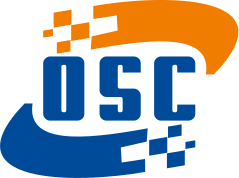
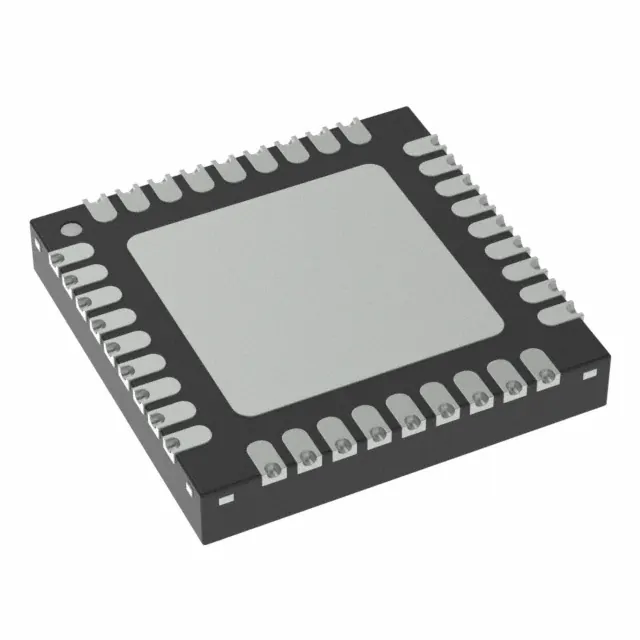 Semiconductors
Semiconductors









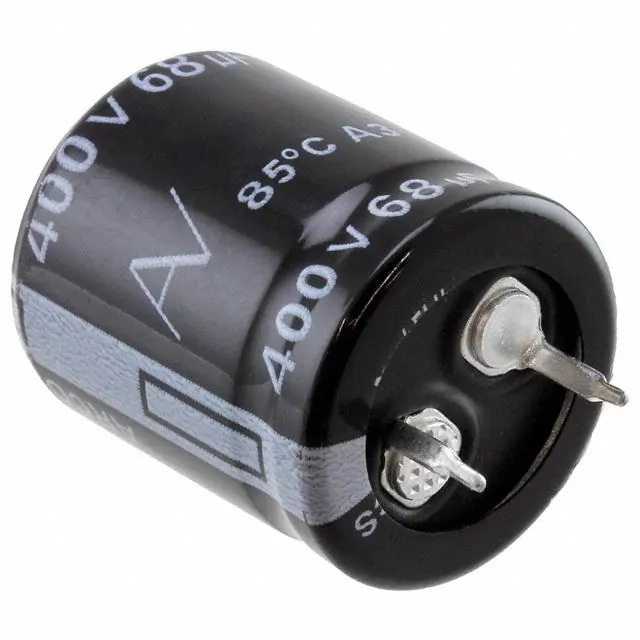 Passive Components
Passive Components









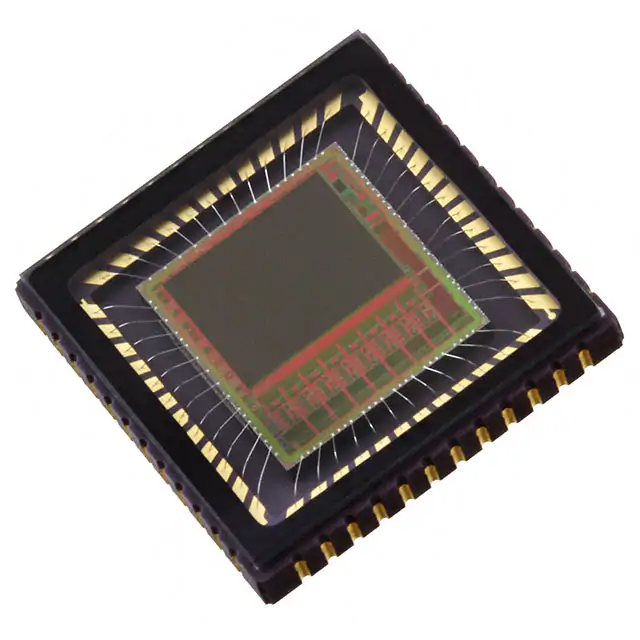 Sensors
Sensors








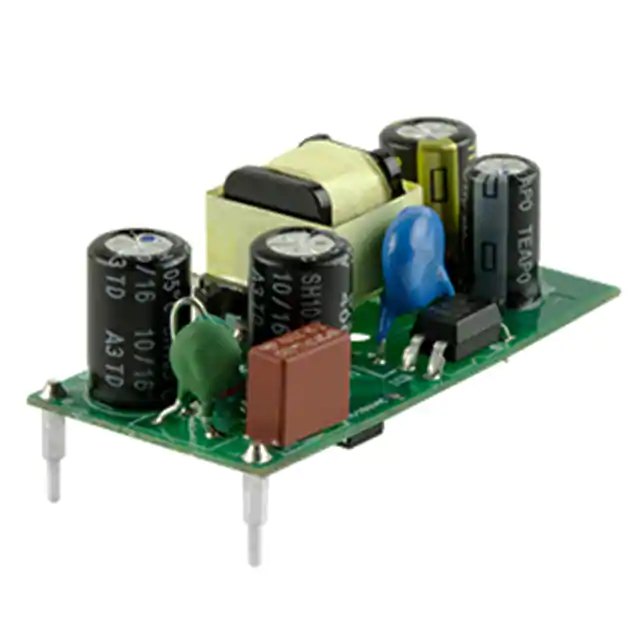 Power
Power









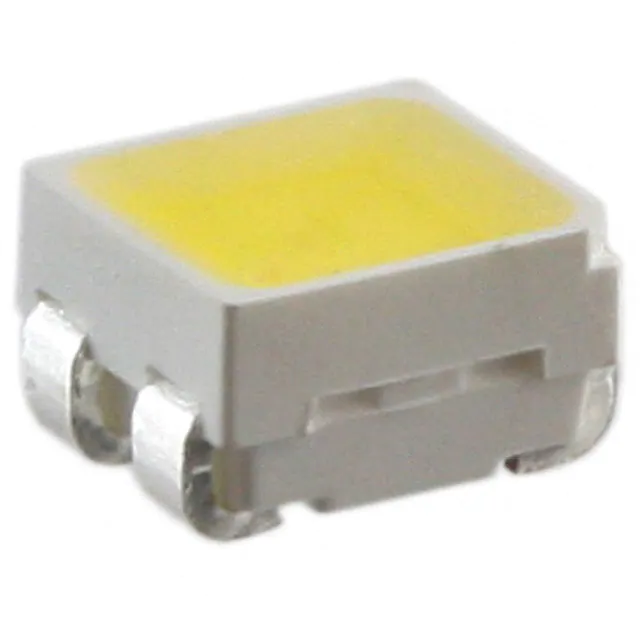 Optoelectronics
Optoelectronics








